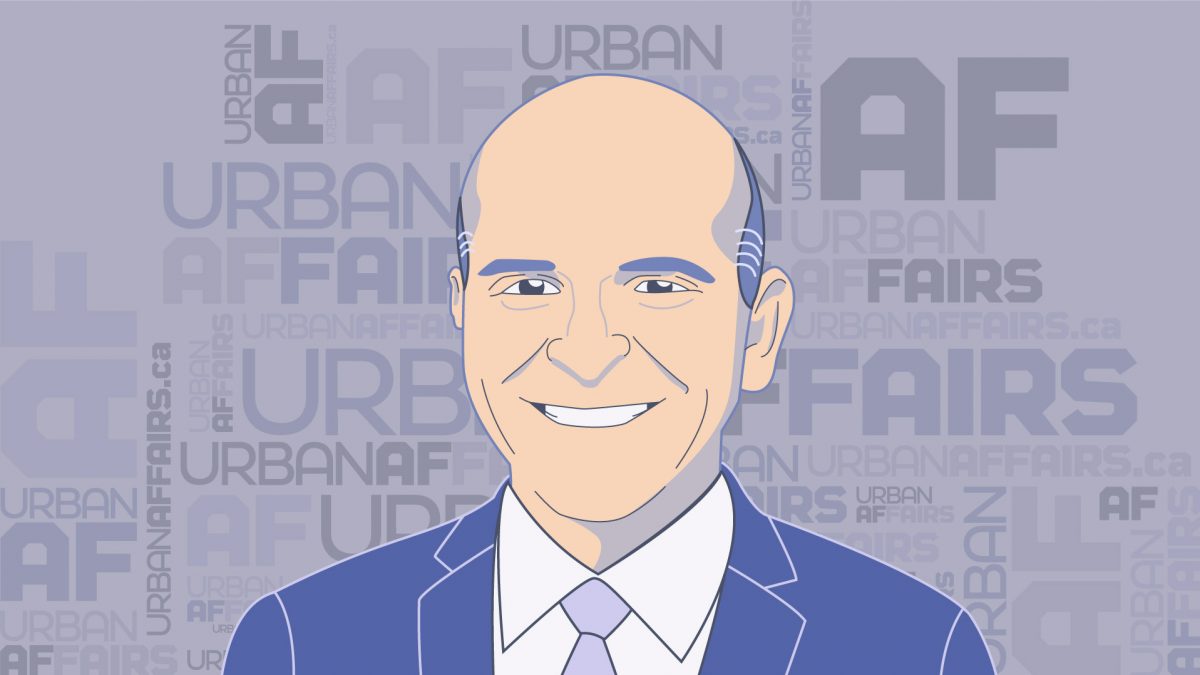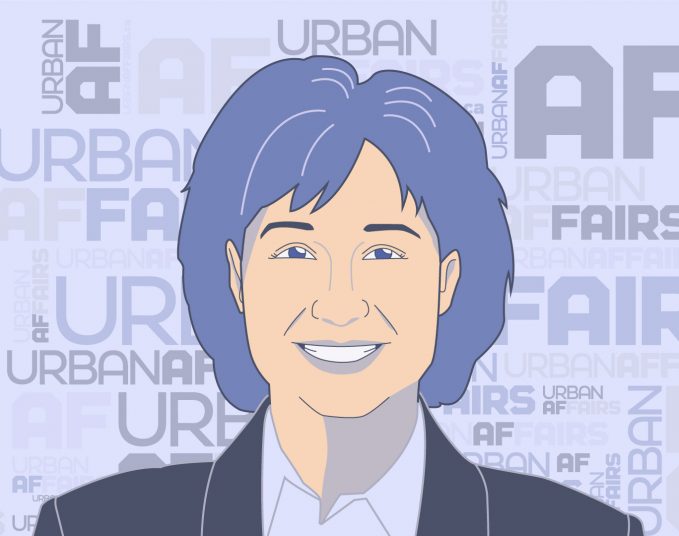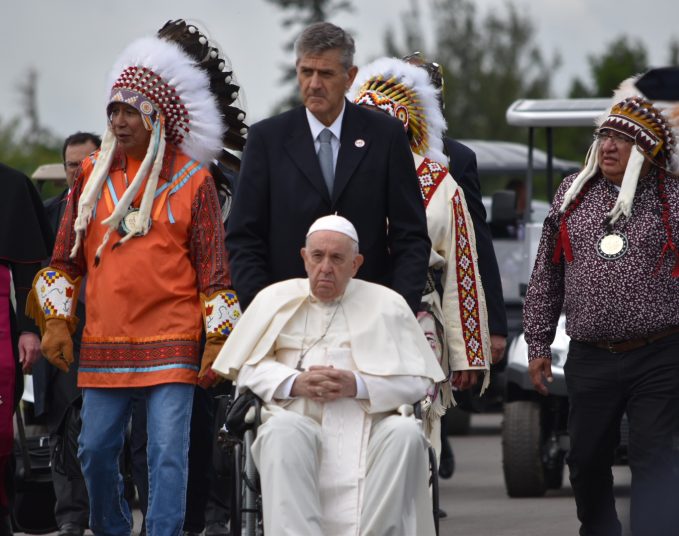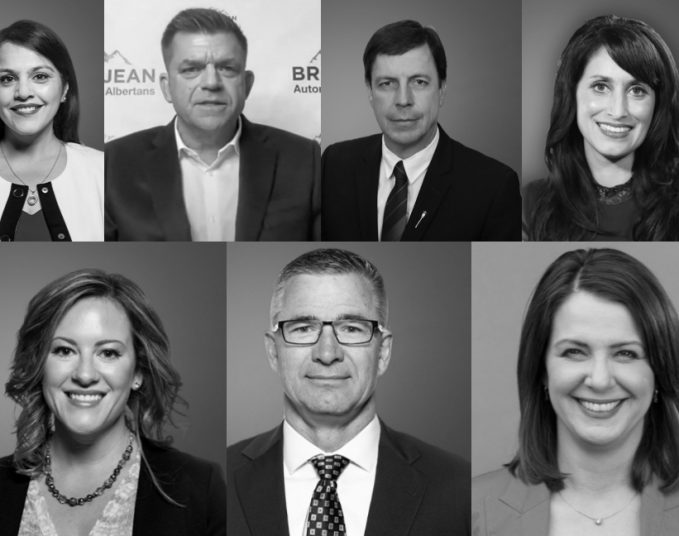On taking over the tourism portfolio during a pandemic
It’s the best job ever. The Prime Minister put two really important portfolios together, the Tourism Minister and the Associate Minister of Finance, because he wants to send a signal that the visitor economy is big business. If you look at it by the numbers, it is Canada’s third largest service export. After oil and gas in Alberta, it’s our number two export. People don’t think about that. They think it’s ag, they think it’s forestry, but after oil and gas, when you add up all the people that go to Banff and Waterton, that come to the Stampede, that come to Folk Fest or Fringe, it’s our No. 2 export.
But we’ve always taken a bit of a passive approach to tourism, like it’s just going to happen. We have to bring people here, and I hope, through the Federal Tourism Growth Strategy, to embed the visitor economy into the industrial strategy of the country, which is what our competitors do.
What does that mean?
Since 1961, there has been a federal tourism policy council in the U.S., chaired by Secretary [Gina] Raimondo. Their mission is to bring more people to the U.S., and over the last 61 years they’ve been pretty successful at it. We are the low performers on our continent. By the GDP numbers, Mexico does better on tourism than we do, with four per cent, as does the U.S., with three. For us it’s two. The French get eight per cent of their GDP out of tourism. There’s a gap there we have to close.
On developing and maintaining a workforce for tourism operators…
With the pandemic, people left the sector. We had people at the end of the boomers, beginning of Gen X saying, ‘We’re done, we’re out. We’re not going back to work, or if we do, we’re doing it on our terms.’ So part of our job is to send a clear signal to people that this is a fabulous sector.
There are some things we can do that would be harder to do if unemployment were higher. But at 4.9 per cent unemployment, you can suspend some of the things you used to do to protect Canadian jobs. For foreign students, can we get the 20-hour per week cap removed? When we have provincial nominees that are here, their kids and spouses can’t work. That seems to me to be something from the past, so let’s remove that.
We need to incentivize more Indigenous people to come into the sector. We need to focus on the newcomers. We will relaunch the Discover Tourism campaign, which is pitched at high school, university and college kids, and their parents, to say, ‘You can have a great career in this sector.’
But the sector also has to do its part: pay people enough, make sure you’re retaining them, show them a career path. And we have to break the seasonality thing. I can’t bring people here if we’re only going to employ them for six months.
And then the housing piece: Fortunately, Edmonton and Calgary are the best jurisdictions in the country for that housing-and-labour market equilibrium. Banff and Jasper, not so much. My message to builders and municipalities, and to the Federation of Canadian Municipalities, is, if there is a new build in your community, add worker housing to it. We’ve done that in the past. The mountain parks wouldn’t exist without the worker lodges. The municipality that first changes its bylaws to encourage and insist that there is social and affordable housing baked into everything that gets built will get our attention and our funding.
On the growth potential for Indigenous tourism businesses…
In 2019, we were up to $1.9 billion across the country in Indigenous-tourism revenues. To give a counterpoint, New Zealand was about $8 billion. There are 13 countries in the world that can do this well and we’re one of them. The question is, ‘Where can we be, not just in the rankings, but in growing that sector?’
Eighty per cent of international travellers want an authentic Indigenous experience. When they think of Canada, they think of outdoor spaces and they think Indigenous, and they want those two things together.
On the problems facing Canada’s airports…
Across the world there was pent up demand. Something happened to Canadians during COVID. They got bit by the revenge travel bug. They said, ‘When we get out of this we’re going to travel like we’ve never travelled before.’
On passports, we were ready for a two-to-three times surge. There was an eight-times surge. That is a massive change. I’m happy to say, because I sit on the Cabinet committee that is dealing with service delivery, that we’re getting that genie back into the bottle. We’re back to the numbers that we want to see.
The airlines, and I’ll say this bluntly, over-concentrated on hubs. Edmonton and Calgary aren’t as busy as Toronto, Vancouver and Montreal. Halifax and Winnipeg have capacity. We don’t tell the airlines where to fly to. Do we need to look at a different way of working with the airport authorities? That’s an open question. And that gets us back to the tourism policy council. If we have coordination in the system, we can predict and we can respond more quickly.
On the $100 million the federal government has committed to a new cargo hub at Edmonton International Airport…
It’s a $400 million build and we’re in for 25 per cent. For the first time in my life, Edmonton’s geography works in the airspace. Asia wants to get its goods to the U.S., to Canada, to Mexico. Flying over the pole, to Edmonton, makes economic sense.
Edmonton is going to be a logistics superpower in the country and on the continent. This is just the first step. Year one, it’s a $220 million economic return and 2,200 jobs as they build it. Entire acres of land that are now fields are going to be logistics hubs, with planes coming in and out full of cargo.
What is important is what’s in the belly of the plane. That creates the route, and then the passengers get added on top. So as this gets developed you can swap a full cargo plane for something that is two-thirds cargo, one-third people. Now we can open some interesting routes to Asian markets. And it’s great for our exporters because they’re going to be able to go straight back to Asia.
On the need for tourism businesses to cyber proof…
They’re vulnerable. We have state actors around the world that want to throw Canada and our allies off our game, in part because of our support for Ukraine. Our tourism businesses are the most digitally conservative, in that we don’t adopt the technology, and we don’t think about being cyber-protected. It’s an important vulnerability that we have to manage.
This interview has been condensed and edited for clarity.
Savvy AF. Blunt AF. Edmonton AF.




